Breathing is necessary for living, but a lot of people suffer from breathing problems such as asthma or anxiety. While medical care is essential for all health issues, breathing exercises improve your lung function or reduce stress or anxiety. You may realize that specific exercises might appeal to you right away. These exercises do not have to take a lot of your time in a day. It is all about setting aside some time, preferably 15-20 minutes every day, to pay attention to your breathing. Make sure you hydrate yourself enough during these exercises. Carry a water bottle with you at all times, like a stainless steel water bottle that is insulated and will retain the temperature of your water. Here are few breathing exercises you need to incorporate into your routine.
1. Pursed lip breathing
This simple breathing technique is meant to make you slow down your breathing pace by letting you apply conscious effort in every breath you take. You can do the pursed-lip breathing at any time. It can be especially useful during activities like stair climbing, bending, or lifting. Practice using this breathing exercise at least 4 to 5 times a day to learn the pattern correctly. Make sure you relax your neck and shoulders. Keeping your mouth locked, inhale slowly through your nose for 2 seconds. Purse your lips as if you are going to whistle and exhale slowly by blowing the air through your pursed lips for 4 seconds.
2. Breath focus technique
This deep breathing technique uses focus words and phrases or even imagery. You can select a focus word that makes you feel relaxed or smile. Examples are, relax, peace, or let go, but choose any word that makes you focus and repeat throughout your practice.
You can begin with a 10-minute session and gradually increase the duration till your sessions are at least 20 minutes. Lie down and bring your awareness to your breaths without changing your breathing. Keep shifting between normal and deep breaths a few times. Notice the differences and how your body responds to it. Practice the deep breathing for few minutes. Next, place a hand below the belly button, keeping the belly relaxed. Notice how your belly rises with every inhale and falls with each exhale. Sigh out loud with every exhale. Start the practice of breath focus by combining this deep breathing with a focus word or phrase, or an image that will support relaxation.
3. Diaphragmatic breathing
Belly breathing can result in using your diaphragm properly. Go for belly breathing exercises when you are relaxed and rested. Practice diaphragmatic breathing for 5-10 minutes 3-4 times a day. You may feel tired when you begin, but the technique should become easier and feel more natural over time.
Lie on the back with knees slightly bent and head on a pillow. Place one hand beneath your rib cage and one hand on the upper chest to feel the movement of your diaphragm. Slowly inhale through the nose, and exhale using pursed lips, keeping your upper hand completely still. You can practice the technique while performing your regular activities once you get better at it.
4. Alternate nostril breathing
Alternate nostril breathing is a practice for relaxation. Alternate nostril breathing can improve cardiovascular function and lower heart rate. It is best practiced on empty stomach. It is important to keep your breath even and smooth throughout the practice.
Choose a relaxed seated position and lift your right hand toward your nose, pressing your index and middle fingers toward your palm, leaving the other ones extended. After exhaling, use the right thumb to gently close the right nostril. Now, inhale through your left nostril and block your left nostril with your right ring and pinky fingers. Release the thumb and exhale through the right nostril. Next, inhale through your right nostril and close this nostril. Release the fingers to open your left nostril and exhale. This is one cycle. Continue the breathing pattern for 5 minutes.
5. Lion’s breath
Lion’s breath is an energizing breathing practice said to relieve tension in your face and chest. It is also known as Lion’s Pose in yoga.
Get into a comfortable seated position. You can also cross your legs or sit back on your heels. Press the palms against the knees with fingers spread wide. Inhale deeply through the nose, opening your eyes wide. Simultaneously, open your mouth wide and stick out the tongue by bringing the tip toward the chin. Contract muscles at the front of the throat as you exhale through the mouth by making a long “ha” sound. You can turn your gaze. Repeat 2 to 3 times.
6. Equal breathing
Equal breathing is a technique focusing on inhaling and exhaling for the same length. Doing this can help bring balance and equanimity. You need to find a breath length that is not too easy or too difficult for you. Once you get used to it, you can do it during your daily activities.
Choose a relaxed seated position. Breathe in and out through the nose. Count through each inhale and exhale in order to make sure they are equal in duration. You can also choose a word or a short phrase to repeat during every inhale and exhale. You can add a small pause after each inhale and exhale if you are comfortable. Continue practicing it for at least 5 minutes.
7. Resonant or coherent breathing
Resonant, or coherent breathing, is when you breathe at the rate of 5 full breaths per minute. You can achieve it by inhaling and exhaling for 5 seconds. Breathing at this rate can maximize your heart rate variability (HRV), reduces stress, and can also reduce symptoms of depression when performed with Iyengar yoga. Inhale for 5 seconds. Exhale for another 5 seconds. Continue the breathing pattern for at least a few minutes.
8. Sitali breath
This breathing practice can help you reduce your body temperature, relaxing your mind. Extend your breath slightly in length but don’t try to force it. As you inhale through your mouth, you might want to choose a place free of any allergens that affect air pollution.
Choose a relaxed seated position. Stick out the tongue and curl it to bring the outer edges together. If your tongue cannot do this, you can purse your lips and inhale through your mouth. Exhale out through your nose. Keep doing this breathing exercise for up to 5 minutes.
9. Deep breathing
Deep breathing can help relieve shortness of breath by stopping air from getting trapped in your lungs, helping you breathe in the more fresh air. It may also help you feel more centered and relaxed.
While sitting or standing, draw your elbows back slightly, allowing your chest to expand. Take a deep breath through the nose and retain your breath for 5 seconds. Now, slowly release your breath by exhaling through your nose.
10. Humming bee breath
This breathing practice can help create a sense of instant calm and is especially relaxing around your forehead. Some people use this breathing exercise to relieve frustration, anger, and anxiety. You need to practice it in a place where you are free to make a humming sound.
Choose a relaxed seated position. Close your eyes and relax your face. Place the first fingers on the tragus cartilage that partly covers your ear canal and inhale. As you exhale, gently press fingers into the cartilage. Keeping the mouth closed, make a loud humming sound. Continue for as long as is comfortable.
Conclusion
It is a no-brainer that breathing exercises can improve your quality of life, and you will face reduced shortness of breath. Expending a few minutes to any of these exercises can impact your life positively. So, go ahead and ace your exercises!

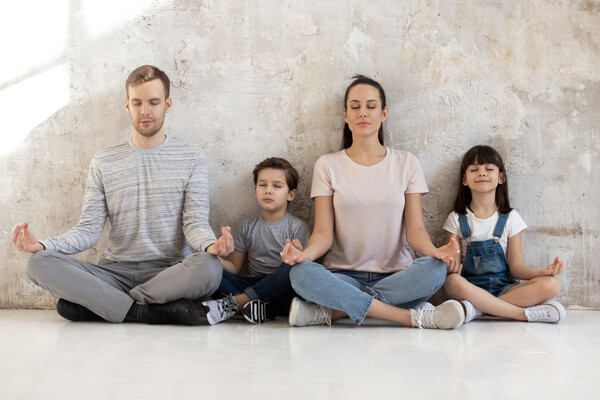

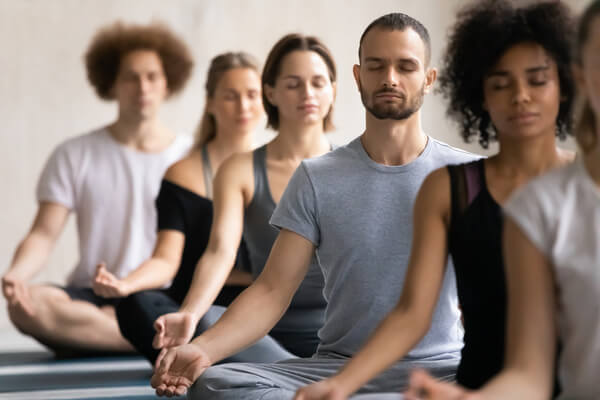


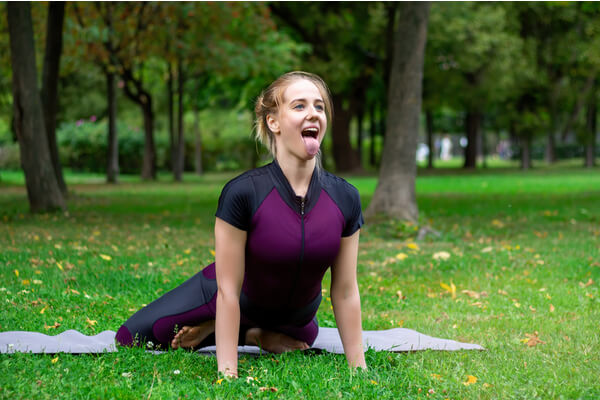
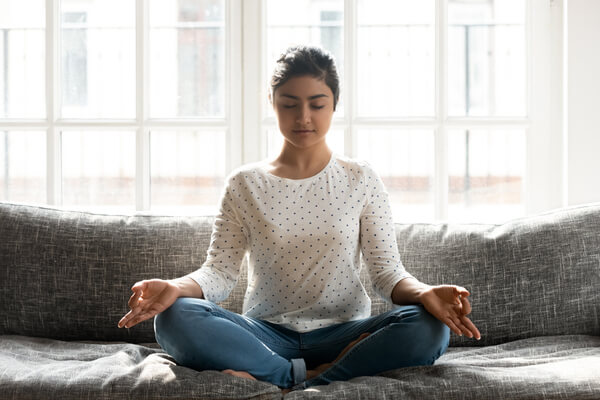
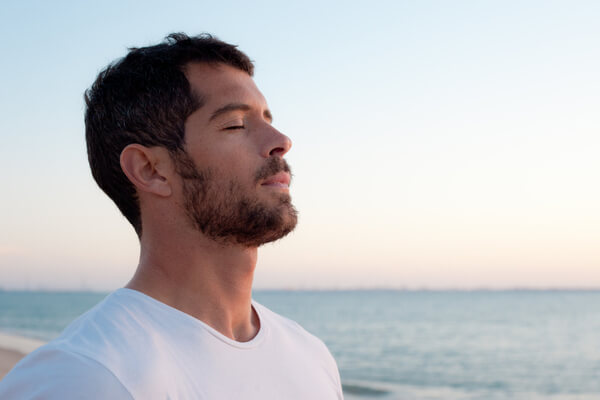


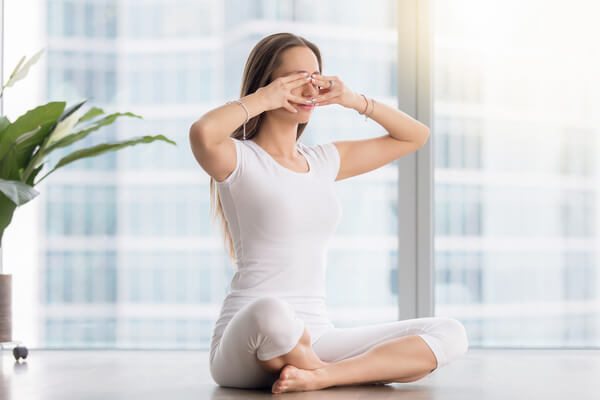






Recent Comments